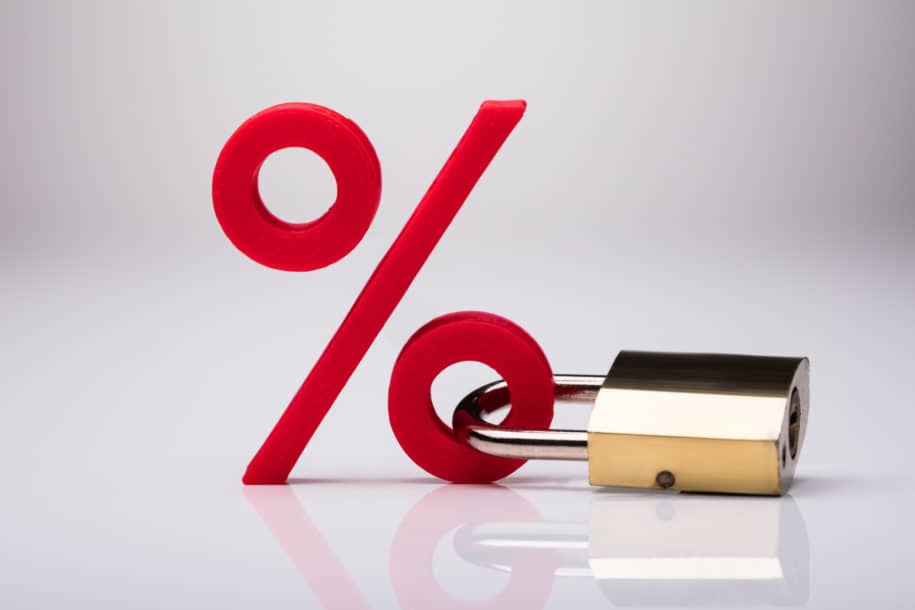Unlocking the secrets of Percent Safe
Safety inspections and observations are conducted at almost all workplaces. Unfortunately, many companies collect only unsafe findings, creating an incomplete picture of risk. Companies that do collect safe observations tend to use a standard metric called Percent Safe (% safe). This metric is a basic calculation that factors in the number of safe findings and the number of unsafe findings, providing a percentage of the total.
For example, if 100 findings were collected and one of them was at-risk or unsafe, this would result in a percent safe of 99% [# of safe findings/# of total findings].
Unfortunately, many companies view this basic metric as a performance indicator for risk. For example, if a company received a safety report and it showed they were 95% safe, they would think that was great! While providing an appearance of being a good measurement, the actual risk may be buried somewhere else in the report, making it difficult to be recognized by those receiving and reviewing it.
Appearances can be deceiving
As an experiment, we will begin by comparing two unique observed subjects, such as contractors or departments. Both will have a collection of safe and at-risk findings with a resultant percent safe output. In this example, one receives a percent safe metric of 97% and the other 85%. Upon review of the two metric indicators, can it be quickly determined which one is safer? Naturally, we quickly compare the numbers as we did in school. The ‘97%’ is an ‘A+’ grade, so we would think this is better. However, that may not be the case. More information is necessary to determine actual risk potential. For example, the first contractor/department that received the 97% could have several high or critical at-risk findings from something such as fall protection or excavations. The second contractor/department that received the 85% could have several minor severity findings such as PPE or Housekeeping. Although the 85% indicator appears worse numerically, the 97% result could pose a greater overall risk.
Comparing Apples and Oranges
Percent Safe is often a collection of findings from several very different task or hazard categories. For example, a single inspection or observation could have findings from Housekeeping, Fall Protection, and Personal Protective Equipment, just to name a few. On average, a typical inspection has five unique categories observed. Breaking down the inspection based on these examples reveals greater insights:
- The 97% result could be from three at-risk Fall Protection findings and 97 safe PPE findings.
- The 85% result could be a combination of Housekeeping and Administrative items only, with a few low-risk findings for minor infractions.
While a high percent safe metric provides the appearance of safety, it does not always provide a clear indication of risk. The same goes for the inverse. A low percent safe metric could give the impression of higher risk yet be relatively low risk overall. Alan Quilley refers to this concept as “Appearance-Based Safety”. This concept focuses on providing a metric that gives the indication that everything is great but masks the risk and stifles further inquiries or actions to improve. This concept has the potential to create dangerous safety-related situations simply from inaction.
When used appropriately, especially when understanding the limitations of the metric, percent safe can prove beneficial. Here are several examples of appropriate percent safe applications:
- Long-term trending at the hazard level (e.g., PPE or Fall Protection)
When a statistically significant number of observations are collected with the same hazard category, percent safe can provide a good metric on the efficacy of the safety process. This metric is better long-term (e.g., weeks or months) instead of short-term (e.g., single inspection).
- Measuring progress and improvement
When process improvement is desired, percent safe can be used to determine if positive progress is being achieved. More safe and fewer at-risk findings should be reported if positive action is taken to apply controls to the process. The most important aspect of this monitoring is that the data must be closely grouped within a common hazard category and evaluated accordingly. This also requires diligent follow-up on the process to measure change over time.
Percent safe, as a single, isolated metric, is a poor risk indicator. This is especially true when isolated in a single inspection report, particularly due to the relatively tiny sample size. By appearance alone, the metric can cause overreactions, rash decision making, or simple inaction due to the perception everything is fine. Percent safe does exactly what it is designed to do – provides a comparison of safe findings to the total. The key to using the metric effectively is to understand its limitations.
For more details: Click here & Contact SafetyStratus Now.
AUTHOR BIO

Cary comes to the SafetyStratus team as the Vice President of Operations with almost 30 years of experience in several different industries. He began his career in the United States Navy’s nuclear power program. From there he transitioned into the public sector as an Environmental, Health & Safety Manager in the utility industry. After almost thirteen years, he transitioned into the construction sector as a Safety Director at a large, international construction company. Most recently he held the position of Manager of Professional Services at a safety software company, overseeing the customer success, implementation, and process consulting aspects of the services team.
At SafetyStratus, he is focused on helping achieve the company’s vision of “Saving lives and the environment by successfully integrating knowledgeable people, sustainable processes, and unparalleled technology”.
Follow @cary: Linkedin | Twitter
References
Quilley, A. D. (2017, March 19). Appearance-Based Safety. Safety Results. https://safetyresults.wordpress.com/category/appearance-based-safety/



